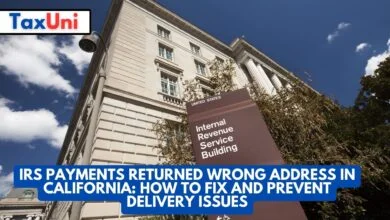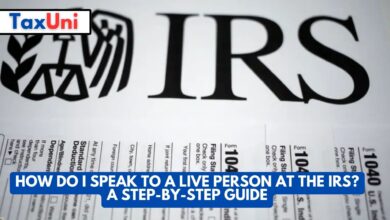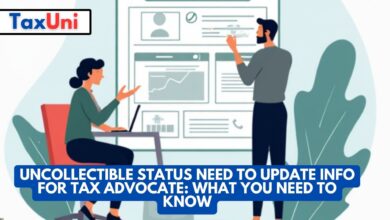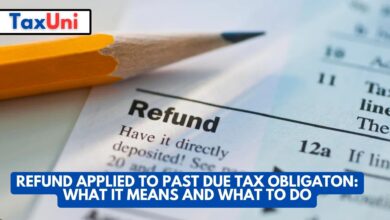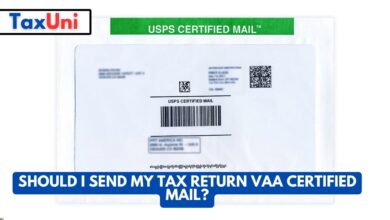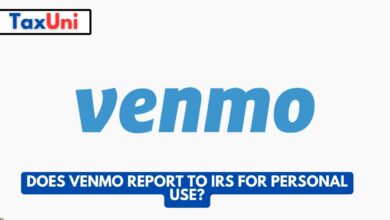Schedule B 1040
In this article, we will discuss Schedule B, who must file it, how to file it, and provide step-by-step instructions for filling out Schedule B.
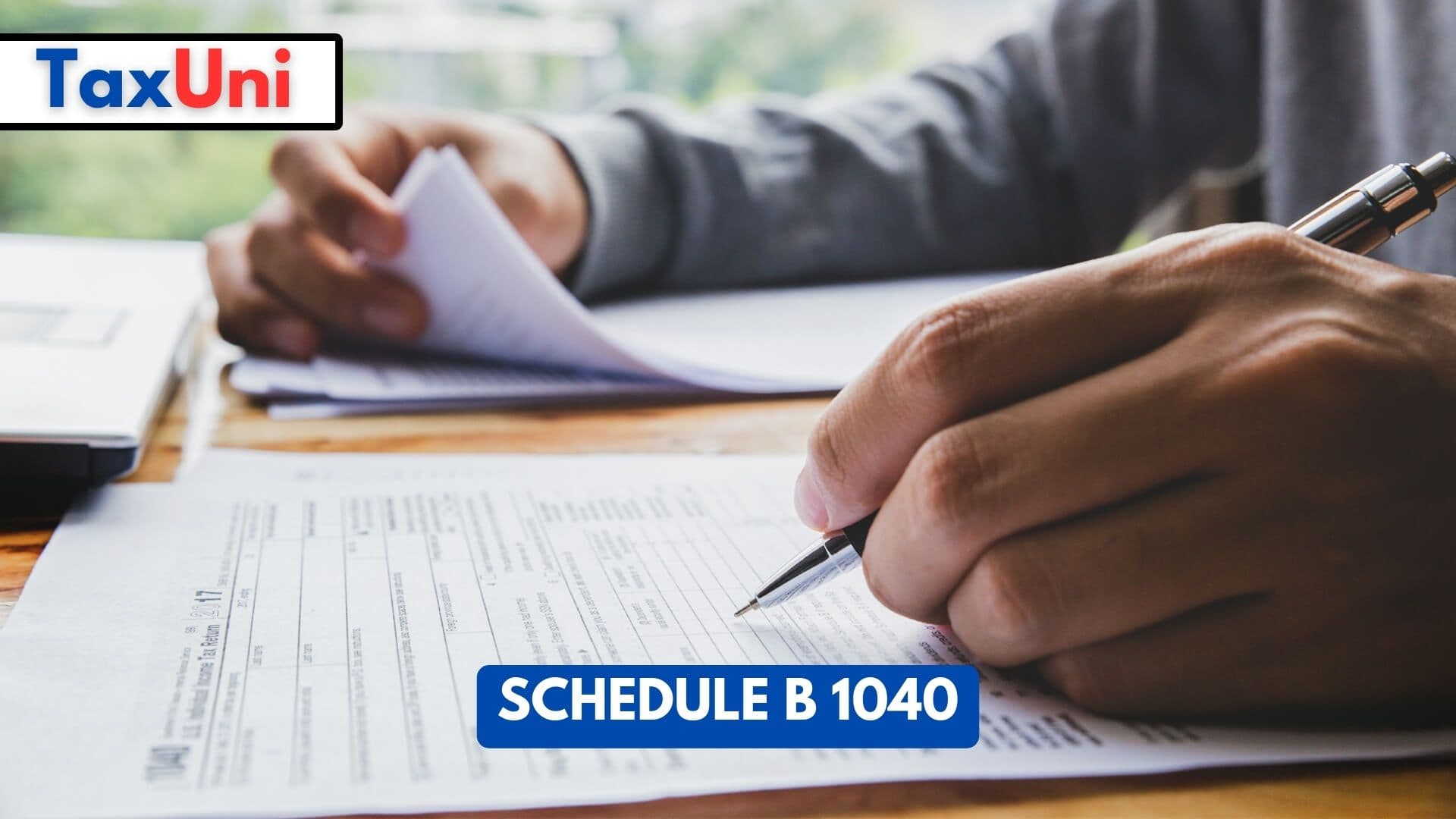
When it comes to filing your taxes, you may need to complete various forms and schedules depending on your financial situation. One of those forms is Schedule B (Form 1040), which is used to report interest and dividend income that exceeds $1,500 during the tax year. This form is required for individuals, trusts, and estates that have received interest and dividends from various sources, such as bank accounts, stocks, and mutual funds. While it may seem like a small addition to your tax return, failing to file Schedule B when required can result in penalties and additional scrutiny from the IRS.
Who must file Schedule B?
You must file Schedule B along with your tax return if you received more than $1,500 in interest or dividend income during the tax year. This applies to individuals, trusts, and estates that have received interest and dividends from a variety of sources. If you received less than $1,500 in interest or dividend income, you do not need to file Schedule B, but you still need to report the income on your tax return.

How to file Schedule B?
To file Schedule B, you must first gather all your documents and information about your interest and dividend income. This includes your bank statements, investment account statements, and other documents showing your interest and dividend income for the year. You will also need a copy of your tax return and any other forms you have filed for the year.
Once you have gathered all your documents and information, you can manually or electronically fill out Schedule B. If you are filing your tax return electronically, you can typically fill out Schedule B online as Part of the electronic filing process. If you are filing your tax return manually, you must download and print out a copy of Schedule B from the IRS website.
How to fill out Schedule B?
To fill out Schedule B, you must provide information about each source of interest and dividend income you received during the tax year. Here are the step-by-step instructions for filling out Schedule B:
- In Part, I of Schedule B, provide your name, Social Security number, and address.
- In Part II, report your interest income. You will need to provide the name of the payer, the amount of interest income received, and whether the interest income was from a U.S. or foreign source.
- In Part III, report your dividend income. You will need to provide the name of the payer, the amount of dividend income received, and whether the dividend income was from a U.S. or foreign source.
- In Part IV, report any foreign accounts or trusts you are interested in. You must provide information about the account or trust, including the name, address, and type of account or trust.
- If you received any interest or dividend income exempt from taxes, report it in Part V.
- If you received any backup withholding, report it in Part VI.
- If you have any additional information or explanations, report it in Part VII.
- Sign and date the form, and include it with your tax return.
.
